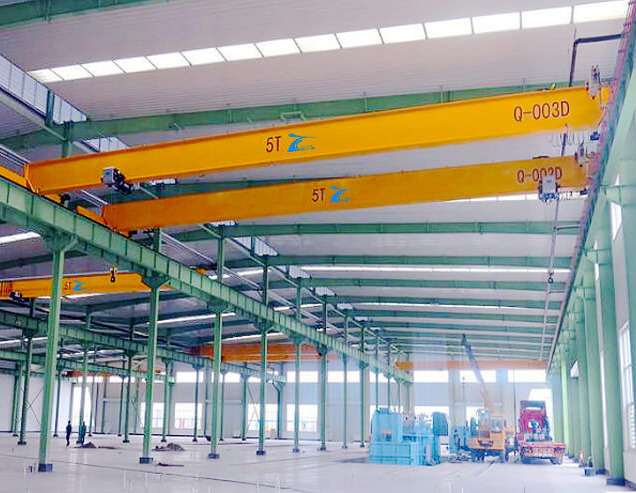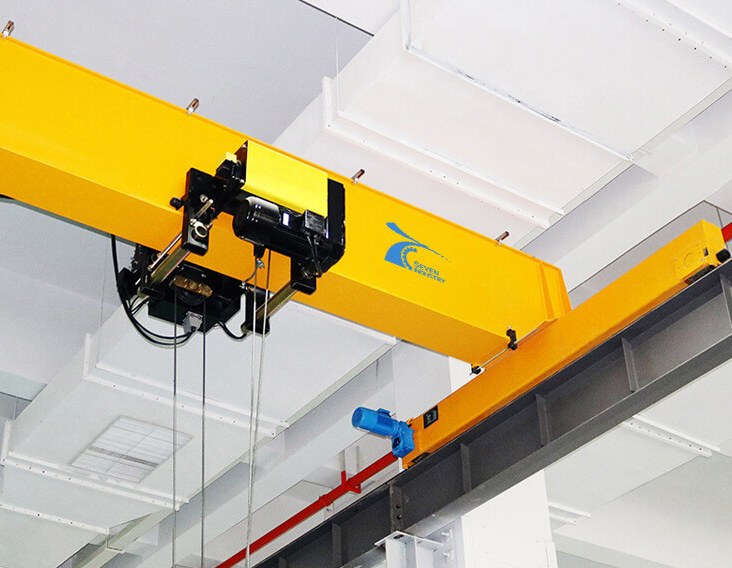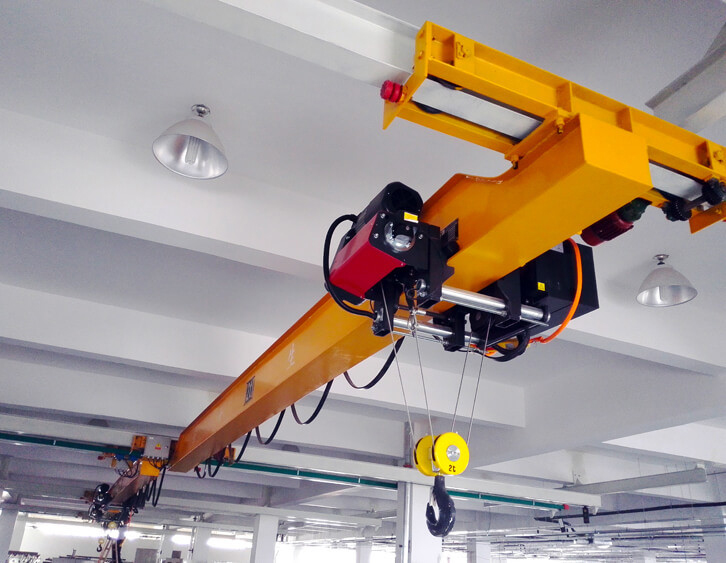You should always reference the manufacturer’s operating and maintenance instructions to make sure you check all the essential elements of the 5 ton overhead crane that you use. This helps to maximize the safety of your crane, reducing incidents that could affect co-workers as well as passers-by in the runway.
Doing this regularly means you spot potential problems before they develop. You also reduce maintenance downtime for the 5 ton overhead crane.
Then, check the requirements of your local health and safety authority to ensure you stay compliant. For example, in the USA, the Occupational Safety and Health Administration (OSHA) requires the crane operator to perform frequent inspections on the system.


The following is what, in general, a 5 ton overhead crane operator should check:
1. Lockout/Tagout
Make sure the 5 ton overhead crane is de-energized and either locked or tagged so that no one can operate it while the operator is conducting their inspection.
2. Area Around the Crane
Check whether the working area of the 5 ton overhead crane is clear of other workers. Make sure the area where you will lift the materials to is clear and adequately sized. Make sure there are no lit warning signs. Ensure you know the location of the disconnect switch.Is there a fire extinguisher close at hand?
3. Powered Systems
Check that the buttons work without sticking and always return to the “off” position when released. Ensure the warning device works. Make sure all buttons are in working order and performing the tasks they should. Make sure the hoist upper limit switch is operating as it should.
4. Hoist Hooks
Check for twisting, bending, cracks, and wear. Look at the hoist chains too. Are the safety latches working correctly and in the right place? Ensure there is no grinding on the hook as it rotates.


5. Load Chain and Wire Rope
Make sure the wire is unbroken with no damage or corrosion.Check that the diameter hasn’t decreased in size. Are the chain sprockets working correctly? Look at each chain of the load chain to see they are free of cracks, corrosion, and other damage. Ensure there are no wires pulled from strain reliefs. Check for wear at contact points.







